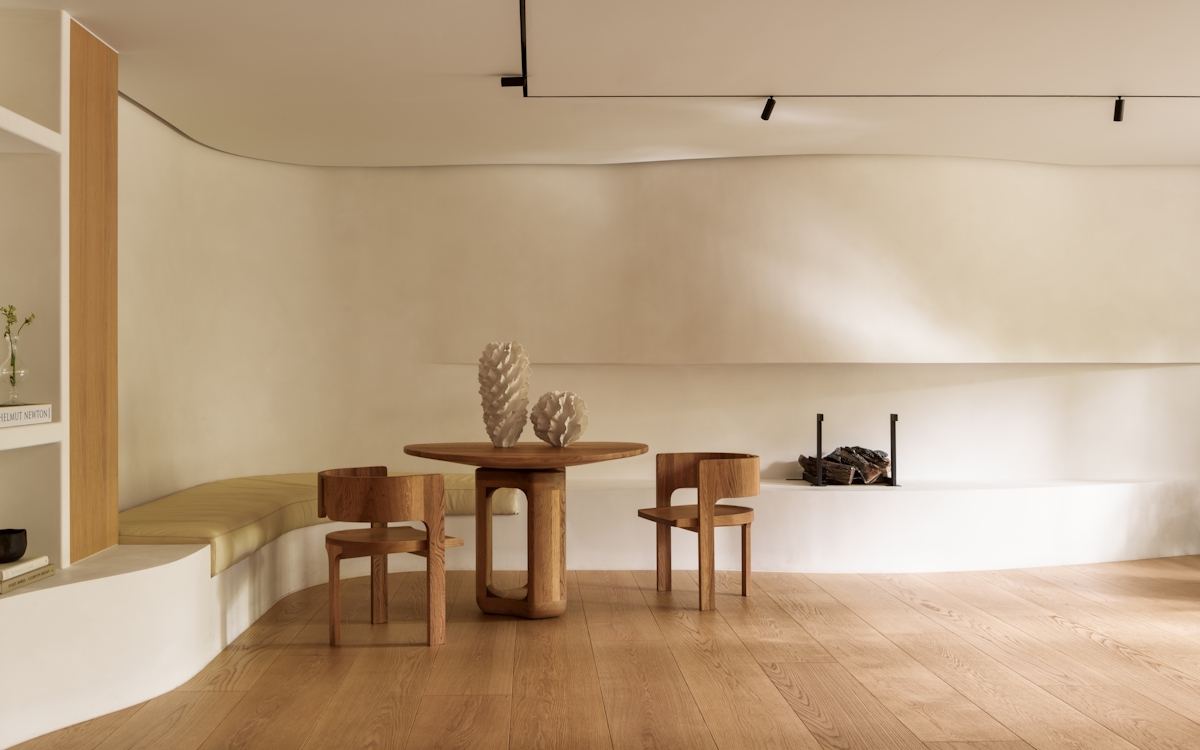The world of design is ever-changing. Design trends come and go, industry practices change and styles see good days and bad; nothing’s ever quite certain (and that’s what we love about it). But if there’s one thing we do know about the design industry, it’s that the future is sustainability.
Sustainable home design, whether in decor, fabrics, furniture, appliances or architecture, is so widely encouraged and executed these days that it seems impossible that the design world will ever be the same again. New technologies, which seek to make sustainable design easier and more effective than ever before, arrive on the design scene regularly and sustainability is getting more and more luxe (for those whose style doesn’t quite read reclaimed, recycled or reused).







